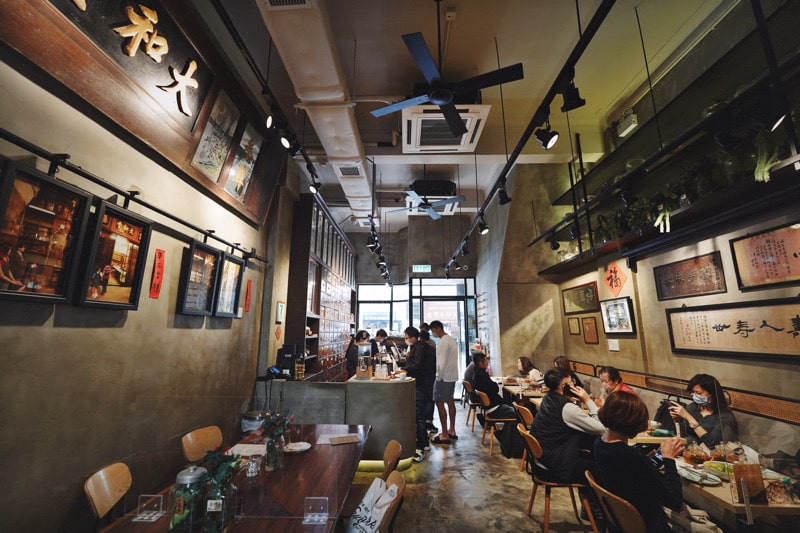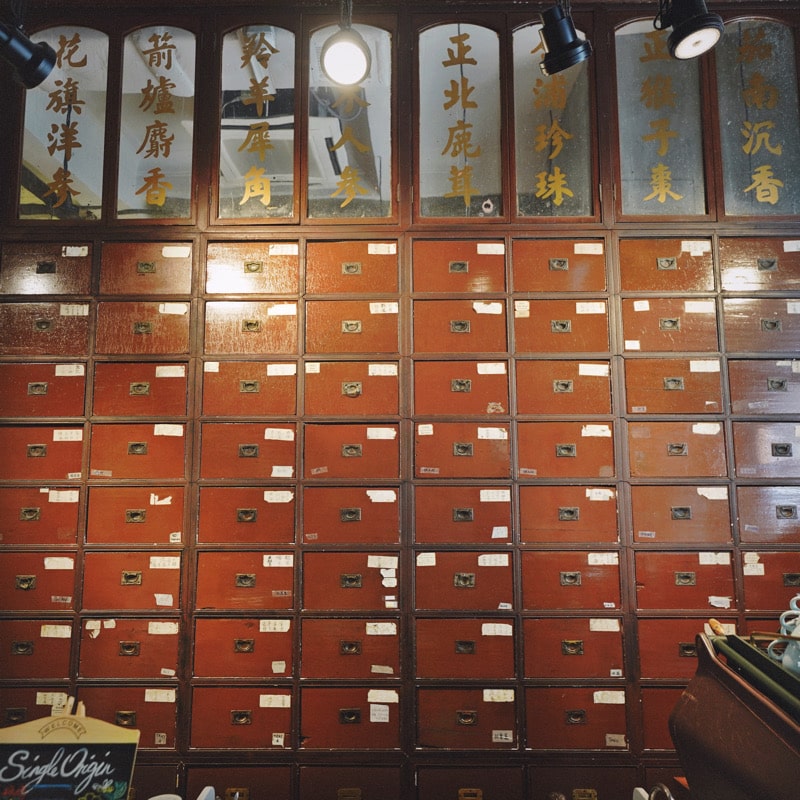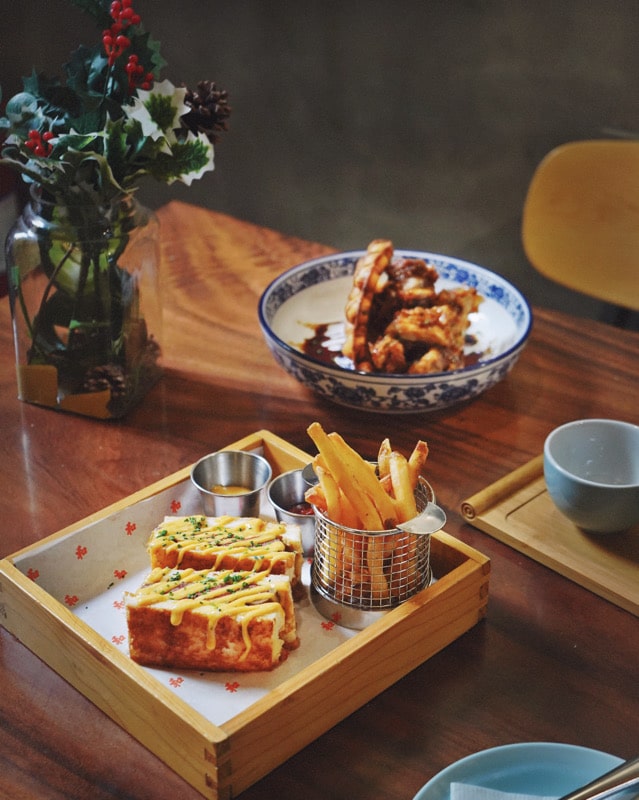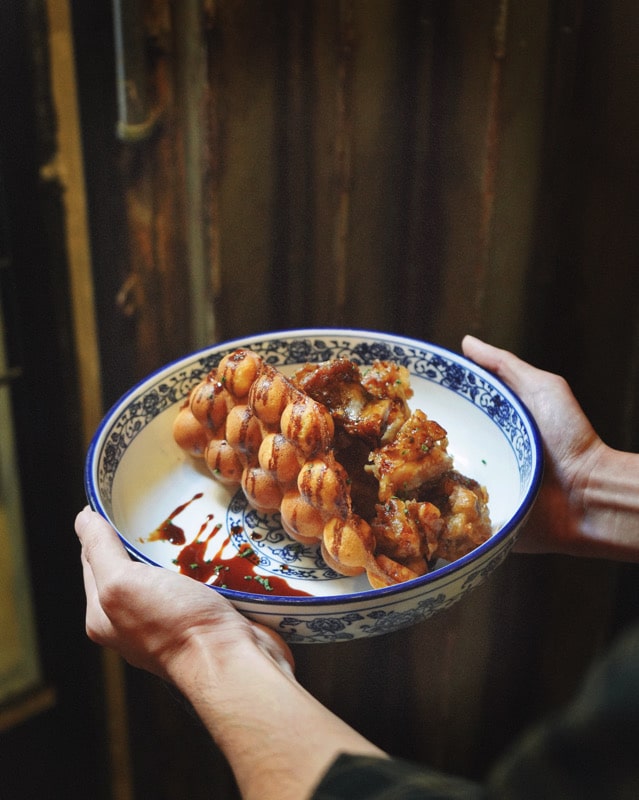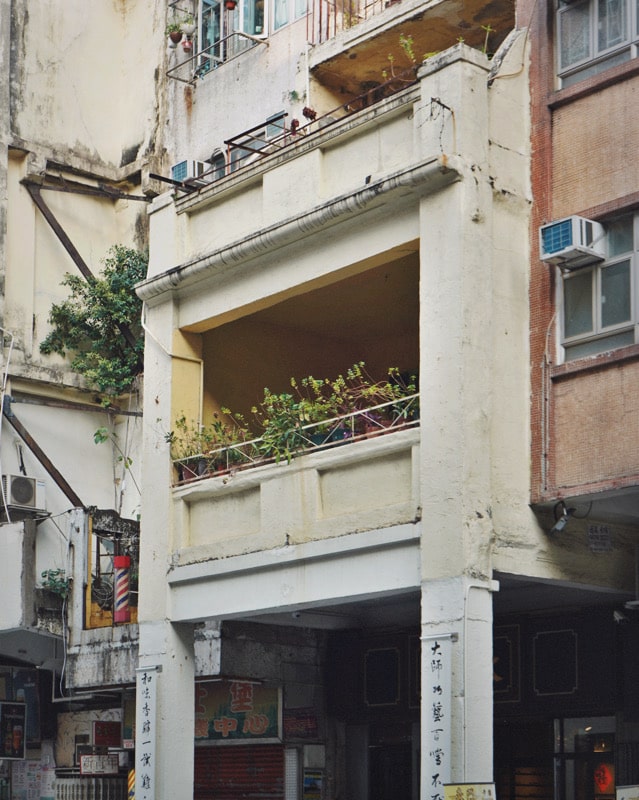Kowloon City: Top 10 Must-Sees & Things to Do (apart from Kowloon Walled City Park)
- 5C5G Guide

- Jul 10, 2024
- 5 min read
Kowloon City is a vibrant and historic neighbourhood best known for being home to the former Kowloon Walled City. It's also one of the best places to look for food, especially if you love Thai food. Though the infamous walled city has long gone, there are still a lot of interesting remnants from the past that you can explore. Let's take a look at our pick of the best 10 things to do in Kowloon City.

Top Things to Do in Kowloon City
1. Visit Kowloon Walled City Park
Kowloon Walled City Park is where the infamous Kowloon Walled City once stood. Even though much of the old city has been demolished, you can still see the Yamen (administrative building) built in 1847, as well as the ruins of the south city gate. I do wish there could be a museum dedicated to its history on this site (with recreation of the space), but the park we have today is still a pretty relaxing place to stroll around!
The former walled city is famed for being a lawless enclave during the British colonial times. Without formal governance, it slowly became a hotbed of crimes and triad activity. Buildings were also constructed with no accordance to any regulation. By the 1980s, it was the most densely populated spot in the world.
There is a small free exhibition inside the Yamen building inside the park, but in case you need to have a brief idea of its fascinating history beforehand, here's a summary of the major events:
Period | Key Events |
|---|---|
Song dynasty (960–1279) | An outpost was already set up on this site to manage the trade of salt |
1840s | Hong Kong Island was ceded to the British in 1842, and the Qing authorities felt the need to further expand and improve the military fort, including building a wall |
1898 | Following the cession of the Kowloon Peninsula in 1861, the 'New Territories' were leased to the British for 99 years, while the Walled City was allowed to remain under Qing rule |
1899 | During the Six-Day War between the British and indigenous Chinese in the New Territories, the British force attacked the Walled City in suspicion that the Qing side was aiding the resistance |
1912 onwards | The Qing dynasty ended its goverance of China in 1912, and the Walled City was left to the British informally |
1930s - 1940s | The new Nationalist government in China made claims on the ownership of the Walled City. In 1948, the British "accept the principle of Chinese jurisdiction over Kowloon Walled City but the Chinese agree not to attempt to exercise that jurisdiction in practice" |
1950s onwards | With no governance, the Walled City slowly became a haven for crimes |
1980s | The British and Communist China mutually agreed the walled city was to be demolished and turned into a park |
1994 | The demolition of the Walled City was completed |
2. Stroll around the grid of streets filled with low-rise buildings
Kowloon City is different from other neighbourhoods in Kowloon in the sense that it still has a significant number of low-rise buildings (by low-rise, I mean 4 to 5 storeys). The current street plan of Kowloon City was laid out back in the 1920s. Due to its proximity to the former Kai Tak Airport, which was the city's main airport from 1925 to 1998, there used to be a strict restriction on the height of buildings.
Despite the rapid redevelopment in the past 2 decades, you can still come across a lot of old buildings and traditional shops. Make sure to pay a visit before they are completely gone!
3. Visit a Instagrammable cafe inside a 1920s shophouse
Tai Wo Tang is a cafe housed inside an old shophouse built in the 1920s. The name 'Tai Wo Tang' is taken from its former tenant, which is a Chinese medicine shop established in 1932 (and closed in 2017). What I love the most about this place is that the new owner put a lot of effort in preserving the original elements of the medicine shops in incorporate them into the design of the new cafe. It's one of the cafes with the best interior I've ever been!
Our picks of the best HK Deals:
4. Enjoy authentic Thai Food
Kowloon City is often referred as 'Little Bangkok' as there is a very prominent Thai community (Songkran Festival is celebrated here!). As locals, we like coming here for authentic Thai food. Most of the Thai restaurants are centred around South Wall Road, Nam Kok Road and Lung Kong Road. Some of the best ones include 金泰沙冰 (their Thai-style skewers are yummy!), Thai Palace, CHAO PHRAYA and Lung Jie.
5. Get a taste of Teochew cuisine
Apart from Thai food, you'll also find a lot of Teochew food in this area. Before the arrival of Thai immigrants, Kowloon City was populated with people from the Teochew region in China (which is where the majority of Thai Chinese are originated from). Some of the most popular Teochew restaurants include Lok Hau Fook (opened in 1954, inside a pre-war shophouse with a very nostalgic setting!) and Sun Shing.
6. Look for neon signs
Just like other urban centre in Hong Kong, Kowloon City was once filled with giant neon signs. These signs have gradually been eliminated in the past 2 decades but you can still find a number of them here!
7. Learn about the history of Sung Wong Toi
Sung Wong Toi is originally a huge rock on top of a hill known as Scared Hill near Kowloon City. The three letters "宋王臺 (Sung Wong Toi)" were inscribed as a memorial to the two boy emperors of the Song Empire, who temporarily sought refuge in Kowloon as the Mongols were conquering the empire in the late-13th century. The hill was later levelled by the Japanese army during WWII but the inscription was saved and was relocated to the present-day Sung Wong Toi Garden.
There isn't much to do at the garden, so if you are really interested in learning more about the history, I suggest you to visit Sung Wong Toi metro station, which is walkable from Kowloon City. There's a free exhibition showcasing historical photos and archaeological relics unearthed in this area.
Our picks of HK's best new attractions:
8. Visit a 300 year old Temple
Hau Wong Temple near the former Kowloon Walled City is a Taoist temple built around 1730. It's dedicated to Hau Wong (Marquis Prince), a loyal general called Yeung Leung-jit. It's said that he ensured the safety of the two boy emperors of the Song Empire on their way to the South despite his failing health. Today, people come here to pray for good health.
9. Enjoy a cup of coffee at Stone Houses Family Garden
There's a row of stone houses opposite to Hau Wong Temple. It's the remnant of a village built in the 40s. During the Japanese occupation in WWII, several villages near Kowloon City were torn down to make way for the expansion of Kai Tak Airport, and the residents were later relocated to this site. It's now home to a free exhibition centre (only in Chinese) and a little cafe, where you can enjoy coffee and local dishes in a nostalgic setting.
10. Explore the neighbouring To Kwa Wan district
Kowloon City is right next to a neighbourhood called To Kwa Wan, which is one of our favourites for photography. It's filled with buildings from the 60s, and it's a great place for you to see local lives. I'll write another article on this neighbourhood in the future. Stay tuned!
Tips for Visiting Kowloon City
1. Is Kowloon Walled City still here?
No, the walled city was torn down in 1994 and rebuilt as Kowloon Walled City Park with some of the oldest surviving structures preserved, like the old administrative building built in 1847 and the remnant of the South Gate. You can visit the park for free.
2. How to get to Kowloon City?
You can go to Kowloon City by metro, bus or minibus (the bus routes are well-indicated on Google Map). For those who take the metro, get off at Sung Wong Toi station and exit from Exit B2 or B3.
You might also be interested in:
12 BEST Hong Kong New Hotels near MTR station & city centre


